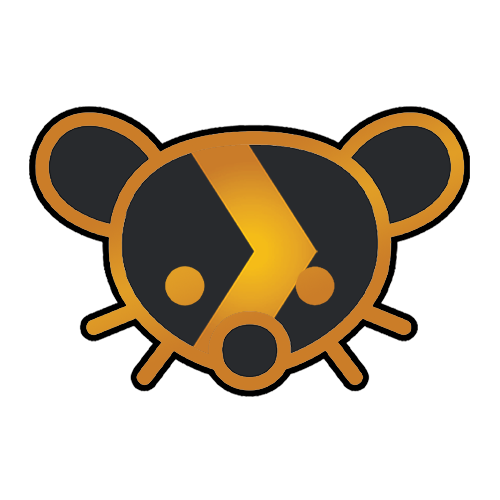

Very minor typo in the Useful Plex Add-ons guide, which is excellent so far:
Introduciton


Very minor typo in the Useful Plex Add-ons guide, which is excellent so far:
Introduciton


The point is your gained wisdom through experience. That’s what the old people always tried to tell us.
Are you going to solve any of those problems? No. Are you going to be able to join some organization or movement that solves them? Probably no. Will you be able to affect any change that the world will take notice of? Probably not.
But that doesn’t mean you shouldn’t be a part of it. Not everything that has value makes meaningful changes on the world. There was a French artist, Marcel Duchamps, who once exhibited a urinal. This was clearly not an attempt to move art in any direction, or change public perception, he was kinda just being an asshole. But it had that effect anyway. People still get pissy about it, in the form of, “Is it art?” conversations. Is it? Doesn’t matter. It was a low effort one-off idea that has lasted for decades.
Life isn’t actually a race to see how much you can achieve. And if it was that, then it wouldn’t be measured by money. It wouldn’t be measured by “legacy,” the way we use that word for rich people and sports stars. If it really was a contest, then it would be based on how much good you can manage in the face of constant depressive onslaught.
The world has never seemed like it has a point to most people. But they try their best, and they make meaningful impact on the lives of others, often without intention or even knowledge of having done so .
One of my most influential people has no idea that he did anything. He’s around somewhere, although I haven’t seen him for 20 years. All he did was treat me like a person when I was a dumb teenager (not to say all teenagers are dumb, but I was). It really wasn’t much. But I hadn’t been treated that way before, so to me it’s influential because it was something he did that he didn’t have to do.
That guy is not going to be lying on his deathbed thinking, “At least I was a good influence on scared of planes.” For all I know, he doesn’t remember me. Doesn’t matter. He spread some good into the world. That’s your job. That’s your point.
Just be a better you tomorrow than you are today, as many days as you can manage. Know that no one does that every day. And you’ll live a meaningful life that maybe has influence. Your legacy is you.
Yeah, any solution is going to require at least egress rules for its traffic. Tailscale is a bit different since part of what it’s able to do is provide access to your LAN, if desired. Cloudflare just needs two ports, but it’s only providing a tunnel from the host.
Essentially it IS a tunnel, just with cloudflare’s infrastructure in the middle handling auth and obscuring each end from the other.
Auth is handled by cloudflare. That doesn’t mean cloudflare necessarily is the auth provider, though. Not likely in selfhosted, but one could set up some other auth provider, like azure, and cloudflare could give tunnel access to authorized users who actually provided credentials via azure.
The service, port, whatever being accessed via the tunnel may also require auth, and cloudflare generally doesn’t handle that. For example, your cloudflare tunnel to your local sonarr instance requires auth at cloudflare first, to access the tunnel, then again at sonarr because your sonarr instance requires authentication.
In a docker environment, you would either tunnel to the docker host or to individual Dockers. The latter is more sensible and generally a bit more secure, if only because least access = better. There’s probably some cloudflare tunnels docker out there that does half the setup for you, then you just stick it and the Dockers you want exposed through the tunnel all on the same docker network interface (which you create), but that’s just speculation.
As far as setting tunnels up goes, the docs are really good at the step by step. Easiest way to learn it is to set up a VM similar to what you want and bang away at the steps until it does what you want. Some things are easy, like RDP. Other things are trickier.
The basics of setup are that you use the cloudflared application at both ends: one server-side to expose what you want and one client-side to access the tunnel via cloudflare.
Tailscale is the same kinda thing. I think it is way easier for a lot of people. There’s a lot less setup involved. Just install the apps and make a few choices.
For personal use, I use wireguard to access my home server. Professionally I use cloudflare tunnels for a couple of things, but mostly an enterprise vpn.
A lot of people don’t get that. You’re right.